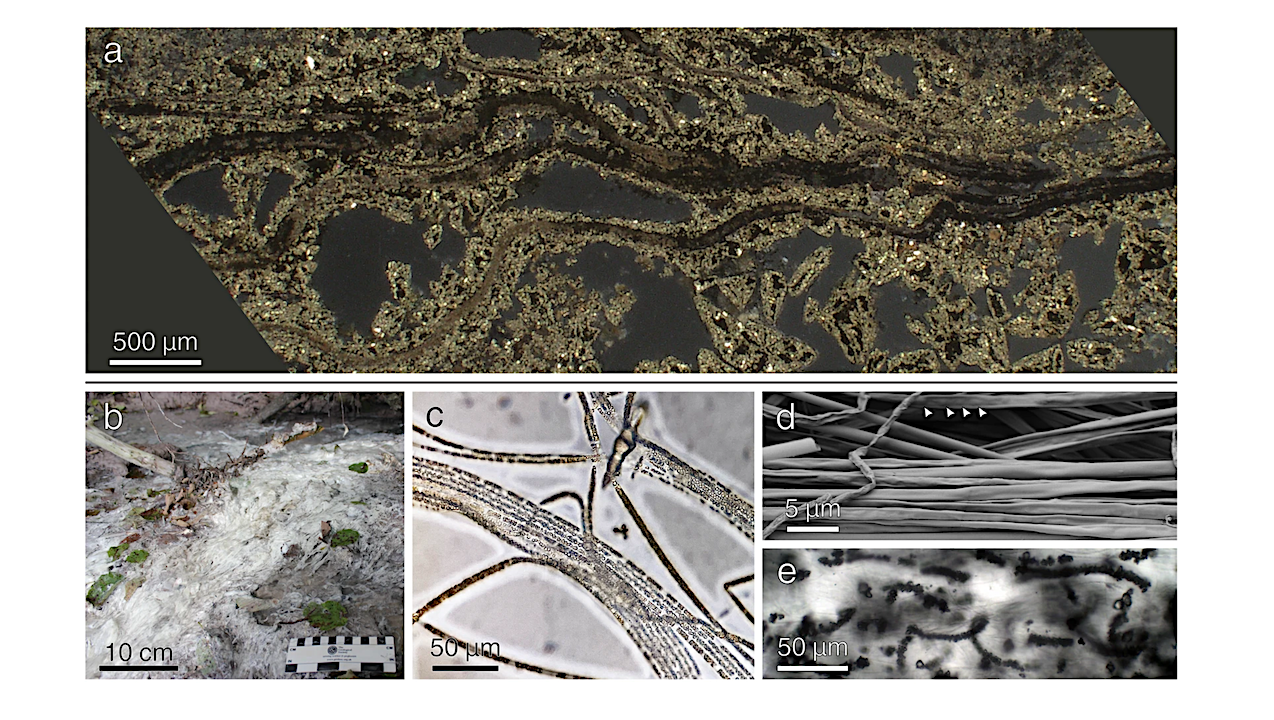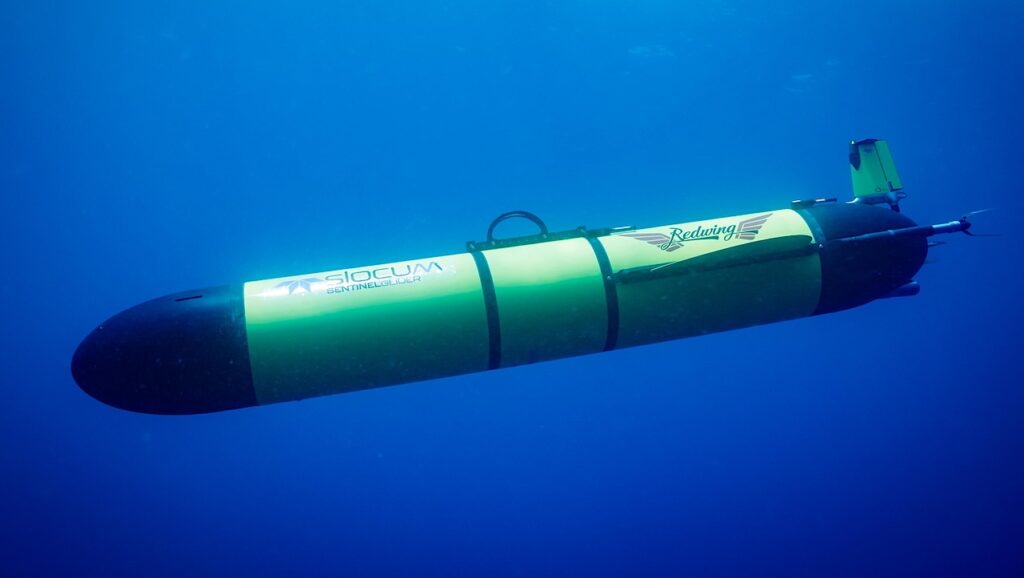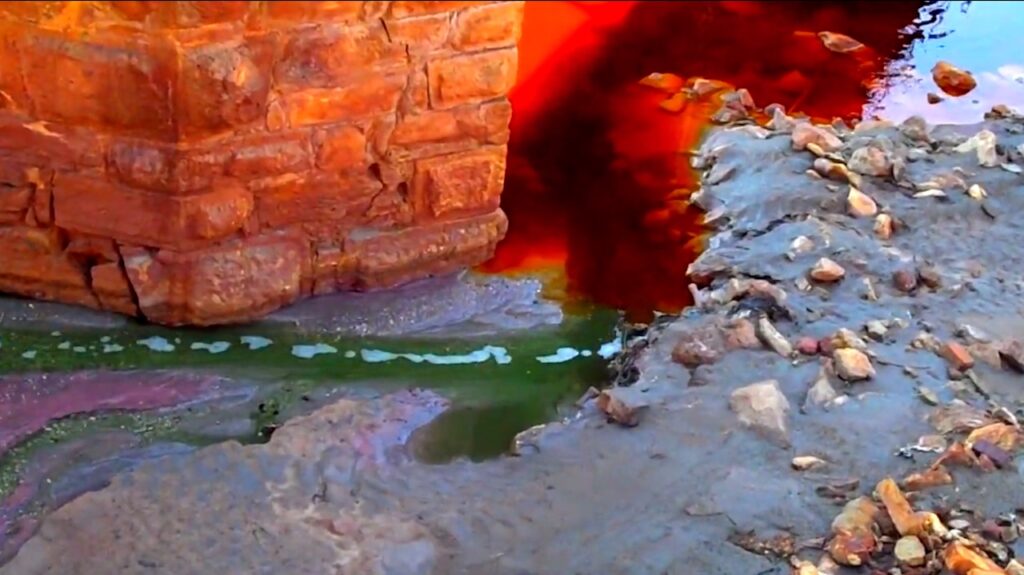Experimental Diagenesis Reveals Preservation Of Biosignatures In Filamentous Sulfur Mats Under Hydrothermal Conditions

Filamentous microbial biosignatures associated with iron sulfides are among the prime targets in early life studies, but their formation and preservation are insufficiently understood.
Here, we experimentally evaluated the taphonomy of filamentous sulfur-oxidizing bacteria exposed to iron–sulfur–rich conditions and high temperatures (≤ 80°C), mimicking burial diagenesis and/or hydrothermal alteration. The addition of ferrihydrite and sulfide at 22°C resulted in a near-instantaneous formation of iron sulfides.
Heating to 80°C for 2–6 weeks resulted in the formation of polysulfides and magnetic Fe- and/or S-containing minerals, with low pyritization (~ 11%). Notably, Fe–S mineral formation was only loosely associated with the filaments. However, intracellular elemental sulfur released from the sulfur-oxidizing bacteria re-precipitated extracellularly, coating individual filaments, possibly promoting the formation of pyritic crusts during later diagenetic stages.
Taken together, our study revealed that biosignatures in filamentous sulfur mats might be preserved in a variety of environments, including hydrothermal systems on and beyond the Earth.
Experimental diagenesis reveals preservation of biosignatures in filamentous sulfur mats under hydrothermal conditions, Nature via PubMed
Experimental diagenesis reveals preservation of biosignatures in filamentous sulfur mats under hydrothermal conditions, Nature (open access)
Astrobiology








